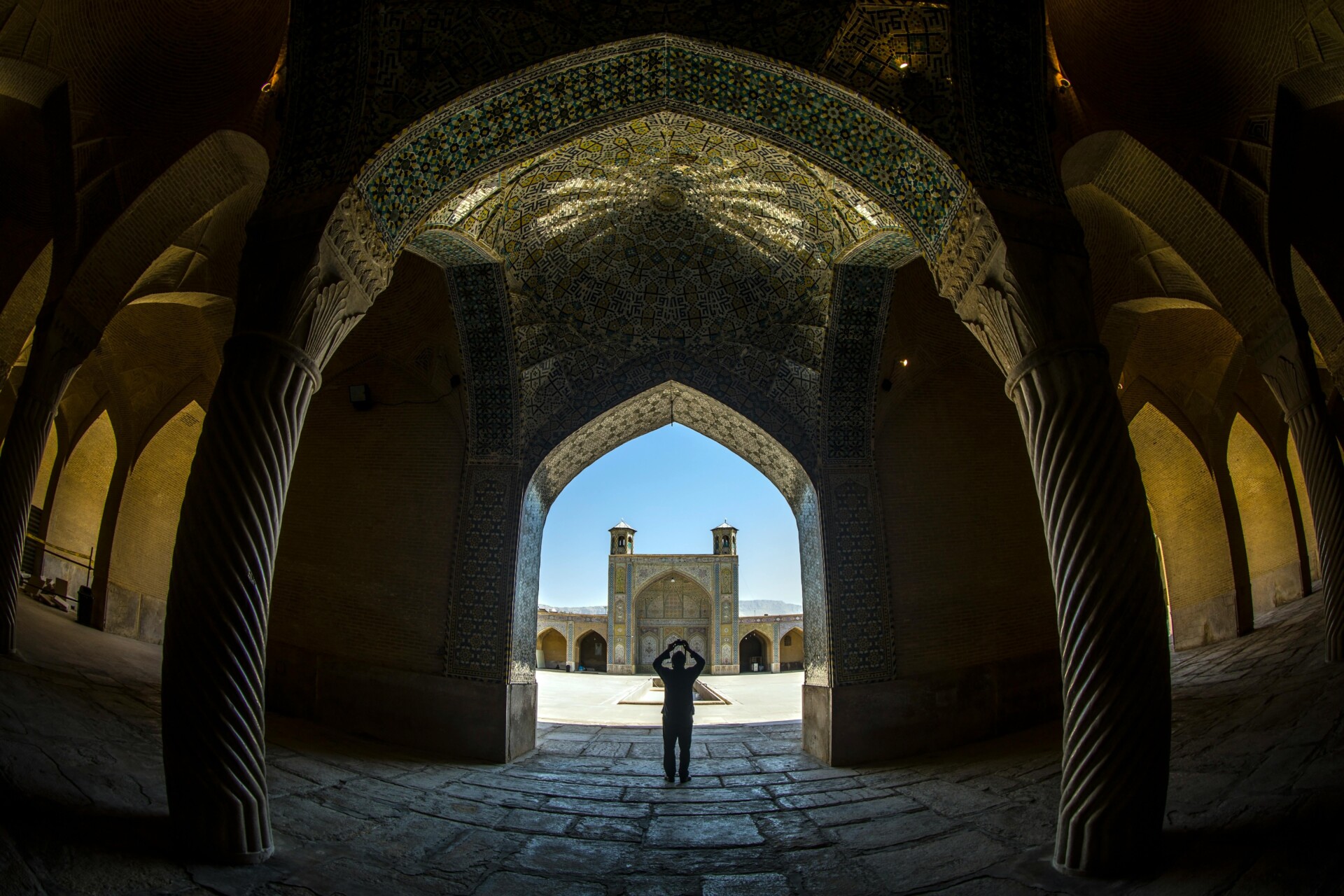The assassination of Ismail Haniyeh in Tehran not only underscores profound vulnerabilities within Iranian intelligence but also could potentially mark a shift in the geopolitical landscape of the Middle East. Likely orchestrated by Mossad, this operation exploited critical weaknesses in Iran’s Communications Intelligence (COMINT) and Signals Intelligence (SIGINT), revealing not just external penetrations but possibly deep internal betrayals within the Islamic Revolutionary Guard Corps (IRGC).
Despite Iran’s transformative efforts following the Iran-Iraq War to fortify its military and intelligence capabilities and pursue strategic self-reliance in a hostile international order, recurrent security lapses continue to surface, reflecting not just operational failures but deeper strategic miscalculations. The assassination of Haniyeh, a prominent figure within the ‘axis of resistance,’ vividly illustrates these vulnerabilities and suggests that Iran’s extensive security apparatus may not be as robust as assumed.
The incident took place during a period of political transition in Iran, following the death of President Ebrahim Raisi and the election of Massoud Pezeshkian as the ninth Iranian president. The timing of this attack, amid such internal shifts, highlights the broader challenges Iran faces in maintaining both domestic stability and external security. The precision of the strike, alongside Iran’s inability to protect such a high-ranking member of the ‘axis of resistance,’ reveals deep-rooted weaknesses in its security apparatus that persist despite decades of heavy investment in military and intelligence capabilities.
In April, following an Israeli strike on the Iranian Embassy in Syria, Iran’s retaliatory capabilities were demonstrated through a significant military response involving drones, missiles, and ballistic projectiles, some launched from Yemen. Despite these capabilities, the internal consensus on how to respond to continuous threats remains fragmented, influenced by ongoing internal political debates and the vibrant “Women, Life, Freedom” movement challenging the regime’s ideological continuity.
Additionally, the previous assassination of prominent figures such as Iranian nuclear scientist Mohsen Fakhrizadeh highlights a pattern of significant penetrations into Iran’s security apparatus and their implications extend beyond immediate security failures. It damages Iran’s reputation as a formidable regional power, potentially deterring other states and non-state actors such as Hamas and Hezbollah from relying on Iranian support amid escalating threats. This could lead to a re-calibration of alliances and strategies within the Middle East as these groups, among other regional players, reassess their security dependencies and alignments in response to perceived weaknesses in Iran’s protective capabilities.
The assassination also poses a direct challenge to Iran’s new presidential administration, which has expressed intentions to bridge gaps with Western nations and alleviate economic sanctions.
Strategically, the elimination of Haniyeh, a pivotal figure in ceasefire negotiations, essentially derails the ongoing diplomatic efforts to stabilize the region. His assassination not only removes a key mediator but also sends a stark message to other negotiators about the risks of engaging in peace talks. This could potentially stiffen the resolve of groups such as Hamas, which could contribute to an intensification of the conflict while also severely crippling the likelihood of successful negotiations.
Israel’s decision to target Haniyeh in Tehran, was not an opportunistic act but culminated from long-term planning. The choice to strike Haniyeh in Tehran, rather than Doha where Haniyeh had often resided, reflects Israel’s calculated risk to provoke and potentially trigger an Iranian retaliation, which could escalate existing tensions into a broader regional conflict.
Additionally, the broader pattern of targeted assassinations, including the recent elimination of Hezbollah’s senior commander Fuad Shukr, hints at a possible intensification of the Israel-Hezbollah conflict, which could spiral into a broader regional war.
Despite the assassination’s severity, it is unlikely to fundamentally change the policies of Hamas or Iran. Historical examples, such as the assassination of General Qasem Soleimani, demonstrate that such high-profile incidents do not typically alter these groups’ strategies or operational strengths. Both entities are likely to maintain their current political and military stances, possibly using the incident to further solidify their resolve against perceived aggression.
Should Iran retaliate against Israel, it would face complex reactions. While Israel’s actions may be quietly supported by some Arab states opposed to Hezbollah and Hamas, public condemnations could be expected. Turkey’s reaction would likely be limited to verbal condemnations, using the situation to advance its own regional objectives against Kurdish forces, seeing an opportunity to weaken Iranian influence indirectly. Conversely, the U.S. and European allies would likely oppose any direct Iranian action against Israel, complicating Tehran’s strategic options.
Iran might consider limited military actions, like strikes on Israeli facilities or supporting attacks by proxies such as Hezbollah. Yet, significant actions by Hezbollah could invite severe consequences, not only reinforcing regional opposition but also provoking internal Lebanese factions like the Maronites and Sunni militias to exploit Hezbollah’s distractions. This could diminish Iran’s influence in Lebanon and escalate regional tensions further. Iran must therefore balance between demonstrating strength and avoiding deep engagement in a protracted conflict that could entail heavy strategic losses.
The assassination of Ismail Haniyeh is not just a security failure but a critical act of strategic deterrence that challenges Iran’s power projection in the Middle East. Iran’s response will be pivotal for its regional hegemony and managing the security dilemma it now faces. The geopolitical repercussions of Iran’s actions will influence alliance structures and the balance of power within the region. For Hamas, limited in autonomous capacity, dependence on Iran underscores the complex dynamics of asymmetric warfare.




